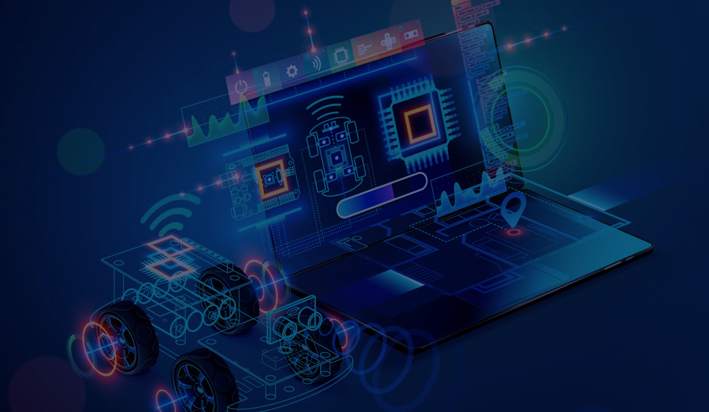A Deep Dive into Embedded Development Solutions
In the rapidly advancing world of technology, embedded development stands at the forefront, shaping the backbone of innovation. This blog will unravel the intricacies of embedded development, offering a comprehensive guide for both enthusiasts and professionals alike.
Understanding Embedded Development
Embedded development involves creating specialized systems designed to perform dedicated functions. These systems, known as embedded systems, are seamlessly integrated into larger devices, ranging from consumer electronics to industrial machinery.
The Core Components
Embedded systems consist of hardware and software components meticulously designed to work in harmony. The hardware, including microcontrollers or microprocessors, is the brain of the system, while the software governs its functionality. The synergy between these elements is the essence of embedded development.
Applications and Industries
Embedded development plays a pivotal role in the consumer electronics sector, influencing the design and functionality of devices like smartphones, smart TVs, and wearable gadgets. The focus on efficiency and performance is paramount in this fast-paced industry.
Automotive Systems
The automotive industry relies heavily on embedded systems to enhance safety, navigation, and entertainment features. From advanced driver-assistance systems (ADAS) to in-car entertainment, embedded software ensures a seamless driving experience.
Industrial Automation
In industrial settings, embedded systems control and monitor various processes, contributing to increased efficiency and reduced human intervention. Manufacturing plants, power plants, and smart factories heavily depend on embedded software for streamlined operations.
The Embedded Development Lifecycle
Planning and Analysis
A successful embedded development project starts with meticulous planning and analysis. Understanding the project requirements, defining goals, and analyzing the feasibility of the embedded system are crucial steps in this phase.
Design and Prototyping
Once the planning phase is complete, the design and prototyping stages begin. This involves creating a blueprint for the embedded system and developing a prototype to assess its functionality and performance.
Read more about:10 Popular Web Development Tools Every Programmer Should Know
Implementation and Coding
The coding phase is the heart of embedded development, where skilled programmers write the software that governs the embedded system’s behavior. The focus here is on optimizing code for efficiency and resource utilization.
Testing and Quality Assurance
Thorough testing is conducted to ensure the embedded system meets performance standards and behaves as intended. Rigorous quality assurance measures are implemented to identify and rectify any issues before deployment.
Size and Power Constraints
Embedded systems often operate in environments with strict size and power constraints. Developers continually strive to optimize designs for minimal power consumption while maximizing performance.
Security Concerns
As embedded systems become more interconnected, security becomes a paramount concern. Addressing vulnerabilities and implementing robust security measures is crucial to safeguarding against cyber threats.
Future Trends in Embedded Development
Internet of Things (IoT)
The integration of embedded systems with the Internet of Things (IoT) is a game-changer. As more devices become interconnected, embedded software will play a crucial role in creating a seamless and smart ecosystem.
Artificial Intelligence (AI) Integration
The convergence of embedded software and artificial intelligence is on the horizon. Embedded systems are increasingly incorporating AI algorithms for enhanced decision-making and adaptability.
Evaluating Platforms and Tools
Selecting the right platform and development tools is instrumental in the success of an embedded software project. Consider factors such as community support, documentation, and compatibility with the target hardware.
Collaboration and Community
Being part of a vibrant developer community is beneficial for staying updated on the latest trends, troubleshooting issues, and accessing valuable resources. Collaborative platforms foster knowledge exchange and skill enhancement.
Conclusion
In conclusion, embedded software is the driving force behind the technological innovations that shape our daily lives. From the devices we use to the industries that power our economies, embedded systems are omnipresent. This blog has provided a comprehensive overview of embedded software, from its fundamental concepts to its application in diverse industries. As we navigate the future, the role of embedded software will only become more pivotal, influencing the way we interact with technology and the world around us






